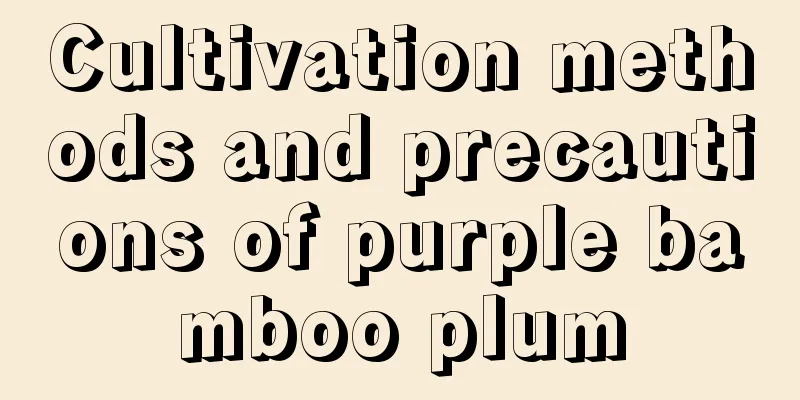These little things on the roadside are my secret weapons for growing flowers. I would be missing out if I don’t pick them up!

Pine NeedlesThe benefits of growing flowers with pine needlesPine needles are hidden masters of growing flowers. They can be used to pad the bottom or surface of a pot, and can also be mixed with garden soil to grow flowers. They are loose and breathable, antibacterial and antifungal, and not prone to root rot. The root systems of Clivia, orchids, and succulents grown with them are all super strong. How to grow flowers with pine needles?1. Pine needles pad the bottom of the basin Expose the picked pine needles to the sun for a few days or spray them with pesticides. When planting flowers, spread the pine needles directly on the bottom of the pot, about 3-5 cm thick, then fill in soil and plant flowers. Pine needles are soft in texture and can be placed at the bottom of a pot to allow drainage and ventilation. They can greatly reduce the chance of root rot in flowers and are suitable for most flowers such as succulents, Clivia, and orchids. 2. Spread pine needles on the surface of the basin Pine needles can also be spread on the surface of the pot, which has a certain moisturizing and breathable effect. At the same time, the ingredients in the pine needles themselves can inhibit the growth of bacteria and reduce diseases and pests of flowers. Of course, before using pine needles, it is best to boil them or scald them with boiling water to kill the insect eggs. 3. Use pine needles as nutrient soil Collect pine needles, wet them, then put them in a dark plastic bag, seal it, and place it in the sun to dry. It will be fully decomposed in about 2-3 months in summer. After it is fully decomposed, it can be exposed to the sun for sterilization, and then you can plant flowers according to the ratio of pine needles: garden soil = 1:2. Worm castingsThe benefits of using earthworm castings to grow flowersIt has been raining continuously in many places recently, and many friends have complained that their flowers have been damaged by the rain! In fact, rain also has its benefits. There is a lot of earthworm castings on the ground after the rain. Earthworm manure is rich in organic matter and beneficial bacteria, and is a great material for growing flowers. It has no odor, retains water and is breathable, so flowers won’t get sick after using it. Flower lovers, hurry up and go to parks and green belts to pick some! How to grow flowers with earthworm manure?1. Spread on the basin surface The earthworm castings you pick up can be placed directly on the surface of the pots of potted flowers. With each watering, the organic matter in the earthworm castings will seep into the soil along with the water and be absorbed by the plants. It is like a slow-release fertilizer, with a mild effect that does not damage the roots at all. 2. Mix in the soil When planting flowers, you can also directly plant flowers with earthworm manure and garden soil in a ratio of 1:3. In this way, you don’t need to apply fertilizer within 2 years, and the flowers will still grow lush and green. Dear flower lovers, Do you know any other roadside flower-growing tools? Tell Huahua in the message box |
<<: Can African jasmine be exposed to the sun?
Recommend
How to prune potted yew
When to prune potted yew Potted yew can be pruned...
Cultivation methods and precautions of Yunnan purple grass
1. Maintenance methods 1. Temperature: It does no...
How to grow garlic to get high yield?
With the end of the autumn harvest, the season fo...
How to propagate Chinese toon trees and what to pay attention to
How to propagate the Chinese toon tree There are ...
What is the reason why the leaves of the Brazilian cycad turn yellow?
The Brazilian dracaena is a common ornamental gre...
How to grow avocados and where are avocados produced?
1. How to plant 1. Process the seeds: After eatin...
What soil is suitable for growing millet?
Introduction to Millet Millet is a thermophilic c...
What to do if the daffodil buds wilt
1. Reduce light If it is grown in a place with su...
Can chestnut pumpkin seeds be planted?
Can chestnut pumpkin seeds be planted? Chestnut p...
What are the cultivation methods and precautions for woody hydrangeas?
How to grow woody hydrangea Woody hydrangea belon...
Does kale bloom?
Does kale bloom? Kale will bloom. Kale is a bienn...
Common diseases of hibiscus and their prevention and control methods
Hibiscus leaf spot Hibiscus leaf spot is a fungal...
Common diseases and pests of Koelreuteria paniculata and their control methods
Six-spotted black-spotted leopard moth Symptoms o...
Can raspberries be grown in pots?
Can raspberries be grown in pots? Raspberries can...
How to Vernalize Hydrangea
Hydrangea is native to central and southwestern C...









